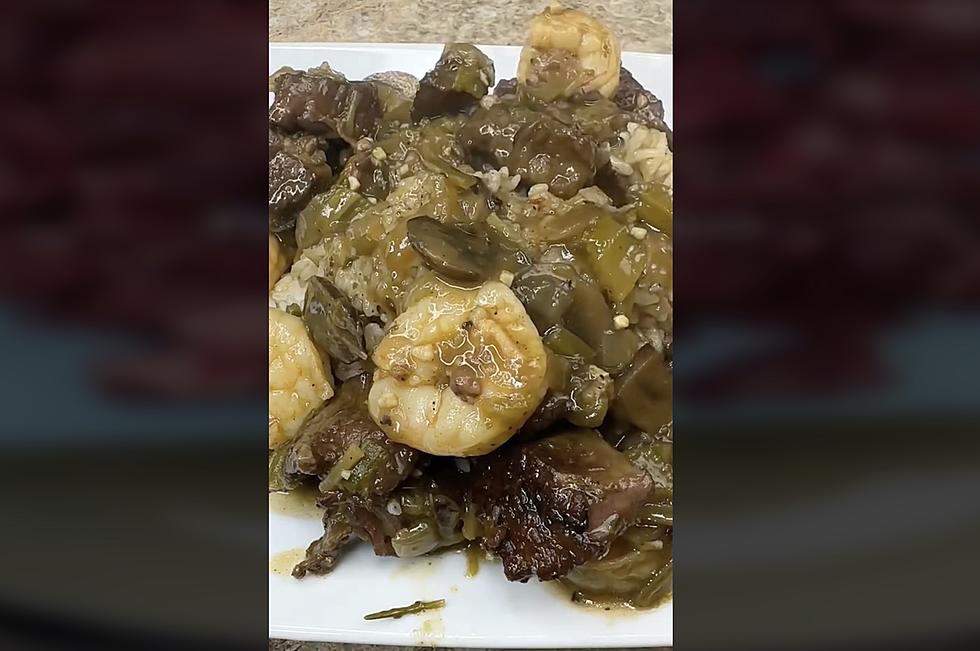
What Are Those White Winged Insects Flying Around Your Louisiana Home?
Louisiana residents may deal with an influx of tiny, white-winged insects as the warmer season sets in. While termites and cicadas have dominated our pest headlines, these bugs aren’t flies or moths—they are whiteflies. Recently, swarms of these insects have been spotted around homes and workplaces, raising questions about their nature and impact.
What Are Whiteflies?
Whiteflies are small, winged insects related to aphids and mealybugs. Despite their name, they are not true flies but belong to the order Hemiptera. These pests are often found in clusters on the undersides of leaves, measuring as small as 1/12 of an inch. Their triangular shape and powdery white wings make them easily recognizable. When disturbed, whiteflies scatter, creating noticeable clouds of insects.
Are They Harmful?
Whiteflies primarily threaten plants. They feed on plant sap, causing stunted growth, yellowing leaves, and reduced yields. Heavy infestations can weaken plants, making them susceptible to diseases. Additionally, whiteflies secrete a sticky substance called honeydew, which can lead to the growth of sooty mold on leaves. This mold further hinders a plant's ability to photosynthesize.
Whiteflies are a year-round concern in southern and coastal states like Louisiana, mainly in outdoor gardens. They affect over 250 ornamental and vegetable plants, including tomatoes, cucumbers, grapes, and hibiscus. The Silverleaf whitefly, common in the South, is notorious for turning squash foliage silvery.
Lifecycle and Habits
Whiteflies go through several developmental stages. Females lay 200-400 eggs on the undersides of leaves. These eggs hatch within 5-10 days, and the resulting nymphs, resembling small mealybugs, begin feeding. After progressing through several stages, they enter a non-feeding pupal stage before emerging as adults. The entire lifecycle from egg to adult takes about 25 days at room temperature, with adults living one to two months.
Controlling Whiteflies
Whiteflies have developed resistance to many synthetic pesticides, making chemical control challenging. Effective control methods include:
- Inspection: Before purchasing plants, check the undersides of leaves for whiteflies to prevent bringing infested plants into your home.
- Organic Methods: Utilize organic pest control techniques such as introducing natural predators (like ladybugs) and applying insecticidal soap.
- Maintaining Plant Health: To reduce susceptibility to whitefly infestations, keep plants healthy and stress-free. Regularly remove and destroy heavily infested leaves.
While these tiny white-winged insects may be a nuisance, understanding their behavior and implementing effective control methods can help protect your plants. If you notice these pests around your Louisiana home, taking proactive steps can mitigate their impact and keep your garden flourishing.
These 50 US Cities are Crawling with Bed Bugs
Gallery Credit: Scott Clow
More From News Talk 96.5 KPEL









